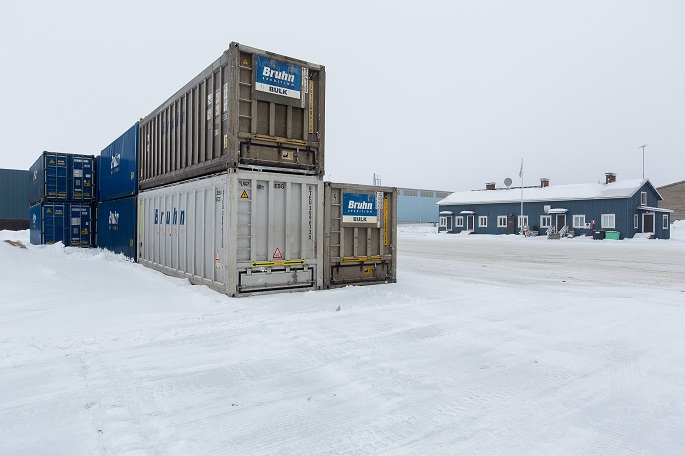Import dominates foreign trade in agri-food products
Published : 18 Nov 2019, 02:11
The value of imports was EUR 5.3 billion in 2018, while the value of exports remained at EUR 1.5 billion, according to the new statistics.
The ratio between the values of imports and exports has usually been between 30% and 40%, being 29% last year. This can mostly be explained by the increase in the value of imports, said a press release of Natural Resources Institute Finland (Luke)..
When the values of imports and exports are examined since 2002, there can be seen a significant increase in imports in relation to exports. The value of exports has developed fairly slowly, and it even decreased slightly from 2017 to 2018.
“In terms of monetary value, the largest product groups were milk and dairy products, other processed food products and alcohol, non-alcoholic beverages, sugar confectionery and tobacco. This is only natural because these product groups have a high processing rate, which increases the value of these products,” said Anna-Kaisa Jaakkonen, senior statistician of Luke.
Other processed food products and alcohol also formed the largest imported product group. It was followed by fruit, berries and vegetables. In 2018, as much as 538 million kilos of these products were imported to Finland, whereas, for example, only 157 million kilos of cereals were imported.
Foreign trade in feed was also significant, as the value of imported feed was EUR 335 million last year.
Some 75% of the imports of agri-food products to Finland come from other EU states. In addition, other EU states account for the majority of exports, roughly 70%. Until the economic sanctions imposed in 2014, Russia was the most important country to which Finland exported agri-food products.
Last year, the most important export countries were Sweden, Estonia and France. In terms of imports, the top three countries were the Netherlands, Germany and Sweden.
“The new statistics of foreign trade in agri-food products are intended for everyone who is interested in the imports and exports of agricultural products. The statistics offer an easy way to examine the value and volume of foreign trade in agri-food products. In addition, they offer more information about various figures and time series, and graphs give different perspectives to foreign trade. The re-grouping of products and the names of different groups make the statistics clearer,” said Erja Mikkola, senior specialist from Luke’s information services.


